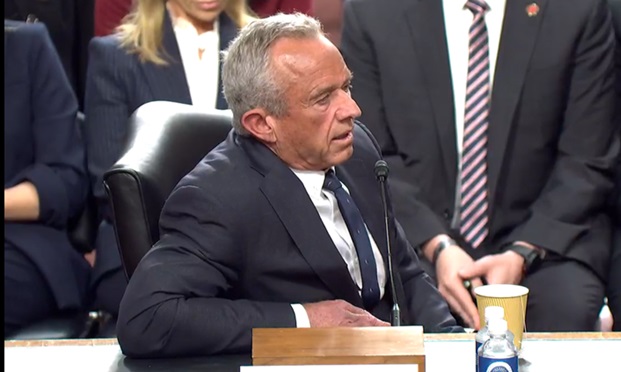 The study is part of a growing body of evidence that cost-sharing, designed to encourage consumers to make smarter choices when shopping for health care, is not achieving that goal. (Photo: Shutterstock)
The study is part of a growing body of evidence that cost-sharing, designed to encourage consumers to make smarter choices when shopping for health care, is not achieving that goal. (Photo: Shutterstock)
One of the basic tools that employer-based insurance plans use to hold down costs is leading to more deaths, a new report suggests.
The study by the National Board of Economic Research (NBER) explored how cost-sharing can affect patient choices and, ultimately, patient health. The researchers examined Medicare data and found that a relatively modest increase in drug costs ($10 per prescription) lead to a 33% increase in mortality.
Recommended For You
The study is part of a growing body of evidence that cost-sharing, designed to encourage consumers to make smarter choices when shopping for health care, is not achieving that goal. Both anecdotal and statistical data suggest that health care, as it exists today in the U.S, is simply too complicated and opaque for Americans to approach as a simple consumer product.
For employer-based health plans, cost-sharing takes the form of co-pays and deductibles. The Los Angeles Times' Noah Levy, in a series of articles, has documented that in a little over a decade, deductibles have quadrupled for American health care consumers. He quotes Kaiser Family Foundation research that shows many Americans are struggling to afford the additional costs created by co-pays and deductibles.
In one KFF survey, half of the respondents with insurance said health care costs had forced them or a family member to delay a doctor's appointment or not fill a prescription.
"Deadly distortions"
The NBER study zeros in on how increases in prescription drug costs among Medicare recipients affect patient choices and comes to a stark finding: "Patient cost-sharing introduces large and deadly distortions into the cost-benefit calculus," the report said.
The researchers noted that it has been difficult to fully quantify how patients respond to higher cost-sharing, but their findings suggest a certain "behavioral hazard," where patients do not rationally use a cost-benefit analysis when faced with higher health care costs. The result was that some patients, when faced with complex choices over prescription drugs, respond in "perverse" ways.
In fact, the study found that some patients who see increased drug prices will indiscriminately cut back on all drugs—regardless of how impactful those drugs are on their health.
"We trace this mortality effect to cutbacks in life-saving medicines like statins and antihypertensives, for which clinical trials show large mortality benefits," the researchers wrote. "We find no indication that these reductions in demand affect only 'low-value' drugs; on the contrary, those at the highest risk of heart attack and stroke, who would benefit the most from statins and antihypertensives, cut back more on these drugs than lower-risk patients."
A surprisingly big impact
Quoted in a Vox interview by Dylan Scott, lead researcher Amitabh Chandra expressed surprise at the high mortality numbers. "I never thought we would get a mortality effect of this size," Chandra told [Scott]. "We never thought people would be cutting back on life-saving drugs to this degree."
The researchers noted that the mortality consequences of cost-sharing have been poorly understood in the past—and therefore have not been factored into insurance plan design. However, with this new data, the researchers said that should change.
The study concluded by saying a better understanding of the relationship between cost-sharing and poor health outcomes can be seen as an opportunity to re-design cost-sharing policies.
"One way to do so would be via value-based insurance design (VBID), where proven treatments (e.g. anti-hypertensives) are given zero (or even negative) copayments, while treatment with ambiguous benefit (e.g. proton pump inhibitors) are given high copayments. Such models, whether focused on drugs or more broadly, have shown promise in a variety of settings, for increasing adherence and reducing disparities," the report said.
© Touchpoint Markets, All Rights Reserved. Request academic re-use from www.copyright.com. All other uses, submit a request to [email protected]. For more inforrmation visit Asset & Logo Licensing.






